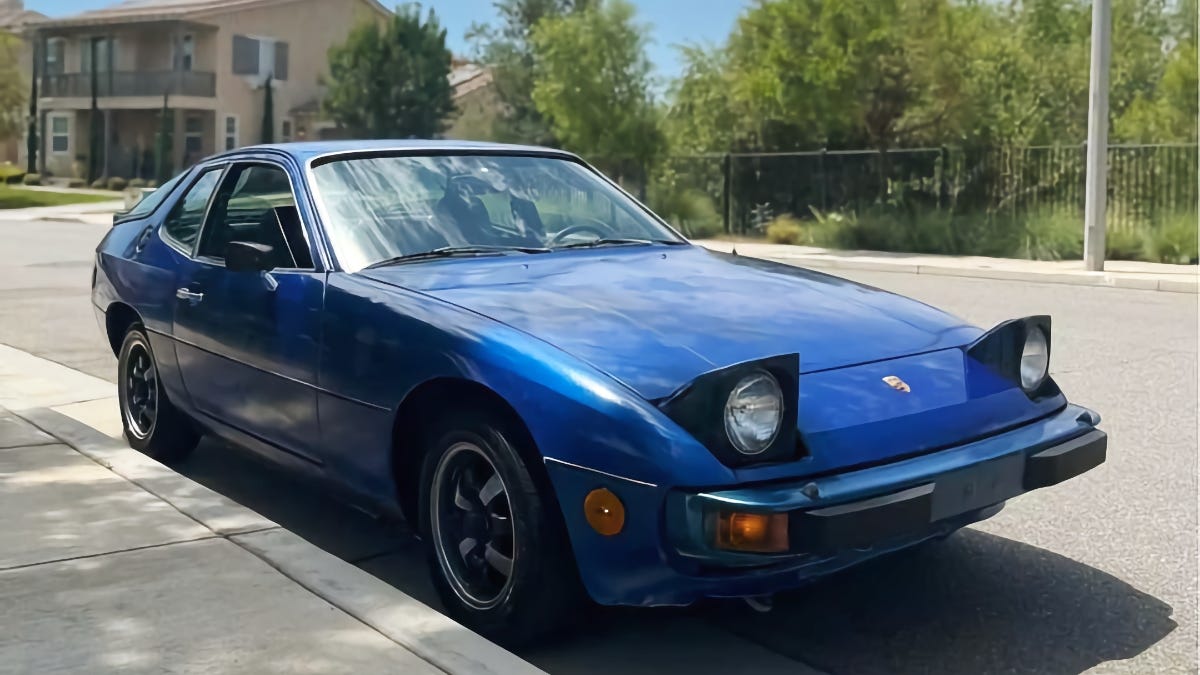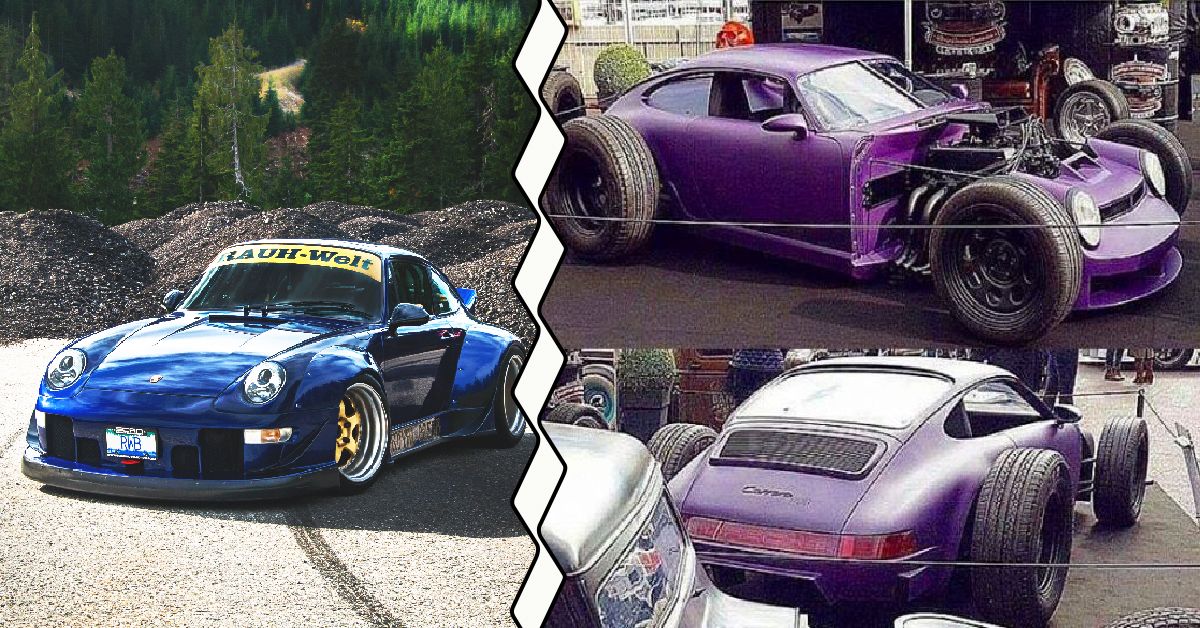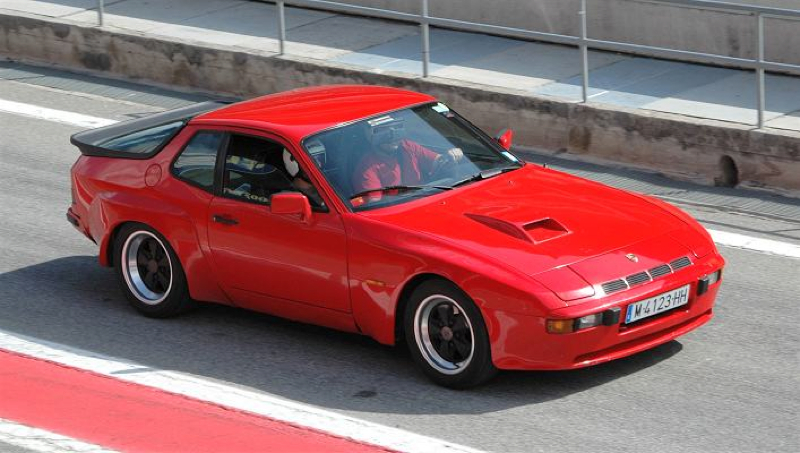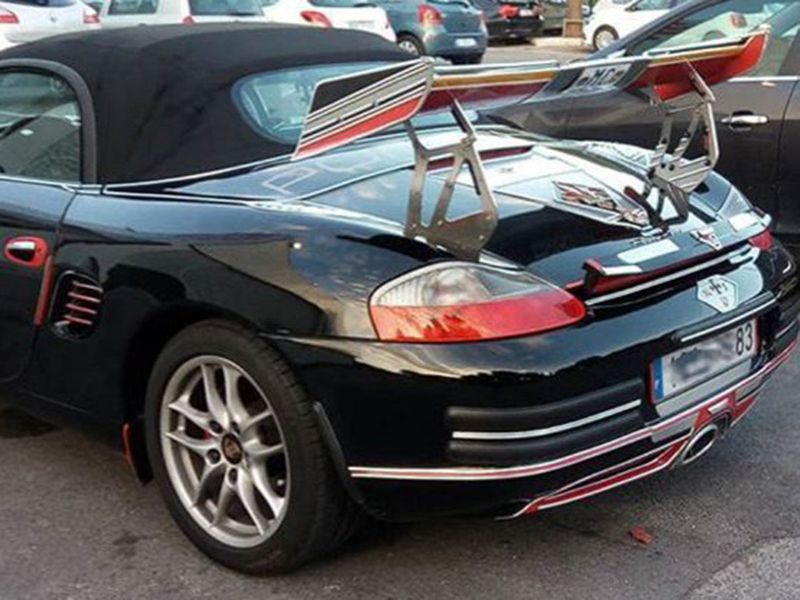The Beauty Of Ugliness: An Exploration Of The "porsche Ugly" Phenomenon
Share

When you think about Porsche, images of sleek curves and impeccable design likely flash through your mind. The Porsche 911, with its classic silhouette and undeniable charisma, epitomizes automotive beauty. Yet, there exists an intriguing subset of Porsche models often labeled as "ugly." This article delves into the concept of "Porsche ugly,” exploring the vehicles that have been marginalized due to quirky aesthetics and unconventional designs but carry their own unique charm and heritage.
The Allure of the Unconventional

While beauty tends to attract admiration, the notion of “ugly” can evoke curiosity. Vehicles like the Porsche 924 and 944 often fall prey to the "Porsche ugly" categorization. The 924, originally launched in 1976, was quite different from its contemporaries. With its front-engine layout and bland exterior, it was a significant departure from the traditional rear-engine Porsche identity. It didn't showcase the aggressive stance or classic curves found in the 911; rather, it presented a more subdued appearance that left some purists disappointed.
However, aesthetics shouldn't eclipse performance. The 924 and its successor, the 944, showcased remarkable engineering prowess. Offering an affordable entry into the Porsche family, these models provided driving enthusiasts with a thrilling experience. Their dynamism on the road is proof that sometimes, it’s what's under the skin that counts.
The Porsche 928: A Timeless Enigma

Another vehicle that straddles the line of conventional beauty and the "Porsche ugly" label is the Porsche 928. Launched in 1978 as a grand tourer, the 928 was designed for comfort and performance to compete with luxury marques like Ferrari and Jaguar. While it earned accolades for its powerful V8 engine and perfect weight distribution, its design was not universally loved.
With its distinctive wedge shape and pop-up headlights, many enthusiasts found the 928 challenging to embrace. Critics labeled the design as awkward, yet this has led to a cult following profoundly appreciative of its character. Ultimately, the 928 stands as a testament to how subjective automotive design can be. For some, the beauty is in the boldness; for others, it’s simply “ugly.”
The Often Overlooked Models

An essential aspect of the "Porsche ugly" discourse is that it often revolves around models that rarely get the recognition they deserve. Take, for instance, the Porsche 924 Carrera GT, a limited production model that combines racing pedigree and mildly contentious design. Featuring flared fenders, widened stance, and aggressive aerodynamics, some may see it as a better-looking iteration of the standard 924, while still others might dismiss it as an acquired taste.
Another example lies with the Porsche Boxster. Launched in the late '90s, critics pointed out some design quirks that strayed from traditional Porsche styling elements, leading to mixed reviews from enthusiasts and critics alike. Nevertheless, the Boxster has become a defining model for the brand, demonstrating that beauty is subjective, and utility can sometimes outweigh stylistic choices.
The Evolution of Porsche Design

The evolution of Porsche design is a fascinating narrative that elucidates how perceptions of beauty—and what is considered "ugly"—can change over time. In the automotive world, what is deemed unattractive today might be celebrated decades later due to a shift in trends, nostalgia, or newfound appreciation for the quirky.
Take the Porsche 914, which many label as a “love-it-or-hate-it” vehicle. Produced between 1969 and 1976, this mid-engine sports car had a unique design that departed from the Porsche heritage while offering thrilling handling characteristics. Its distinct lines and seemingly odd proportions have intrigued collectors and enthusiasts, leading to a renaissance of interest years after its production.
Embracing the “Ugly”
As Porsche continues to innovate and redefine its brand, it’s important for enthusiasts and collectors to embrace the full spectrum of the lineup, including those models that may be deemed “ugly.” In many cases, these cars possess a unique blend of performance, history, and potential for appreciation. The so-called “Porsche ugly” models serve as reminders of the brand's appealing breadth and diverging identities.
Collectively, Porsche's once-ignored models offer an adventure through design history, showcasing the variety of aesthetics coupled with high performance, both on and off the track.
Conclusion: No Ugliness, Only Character
Ultimately, the "Porsche ugly" label highlights our personal biases that often cloud our judgment when it comes to automotive design. Each Porsche, regardless of its exterior appeal, contributes to the rich narrative of the brand. Whether it’s the 924, 928, Boxster, or 914, these models prove there’s beauty even in the unconventional. As passionate Porsche enthusiasts, it's our mission to celebrate every iteration of this iconic brand—ugly or not—because in the world of automobiles, there’s a car for everyone, and every car has its legion of fans.
As we continue to navigate through the diverse offerings of Porsche, let’s remember to keep an open mind and allow our perspectives to evolve, just as the design of these remarkable machines has over the years. After all, in the realm of automotive appreciation, what some may deem ugly, others cherish deeply.